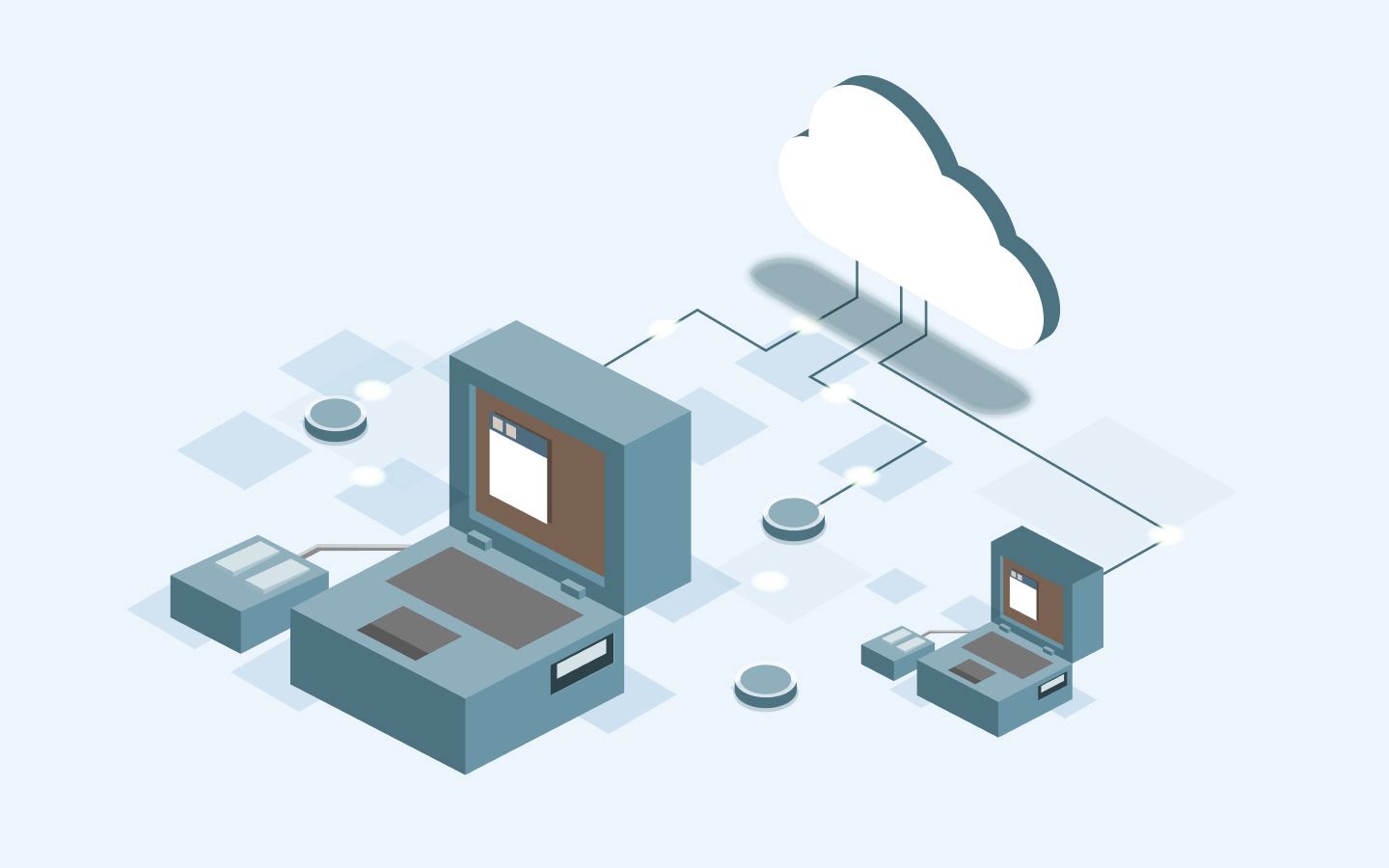According to Gartner’s prediction, the worldwide public cloud service will grow to $331.2B in 2022. As a response, enterprises are looking for migration from legacy applications and move towards the iPaaS integration providers.
If your business or enterprise is still using the legacy systems, this could be the right time for the migration from legacy applications to iPaaS integration providers.
But before we move into the article and talk about the integration of legacy systems, let’s look at what this article will cover:
What are a legacy system and iPaaS?
What challenges do legacy systems pose for enterprise system integration?
Why consider migration from legacy applications?
How an iPaaS like Quickwork makes it easy to move from legacy to cloud?
Related: Integration platform as a service (iPaaS): What is it, the benefits and how to choose the best one
What are legacy systems and iPaaS?
Legacy systems are the traditional integration systems. They are architecture with rules and principles for integrating many applications. Legacy systems, such as ESB (Enterprise Service Bus), incorporate various applications by establishing a communication bus between them, allowing them to communicate without relying on or knowing about other systems.
While iPaaS is a cloud-based approach for linking data and applications. It may be cloud-to-cloud, on-premise-to-cloud, or premise-to-on-premise communication. iPaaS helps in achieving the desired integration needs faster and more efficiently than other legacy systems like ESB.
The major differences between the legacy systems and iPaaS:
To understand better, let’s compare the legacy system like ESB to the modern iPaaS solutions on three major parameters:
- Type of system: As iPaaS is a set of integration tools, it is delivered from a public cloud and requires no on-premise hardware or software. The ESB is an on-premise software architecture model with a good requirement of an on-premise footprint.
- Level of complexity: The legacy systems like ESB’s integrated the complex IT systems and architecture so that they can hold the enterprise on-premise legacy system together, while iPaaS offers lightweight integration solutions using cloud-based services.
- Scalability: ESB is for vertical integration; they are good for the earlier technologies when complex internal systems and architecture were used. iPaaS is the best for the modern enterprise with integration needs of third-party services or SaaS solutions.
Why consider migration from legacy applications?
Legacy application compatibility is always an issue, but that’s not the only thing that can make you think of legacy application modernization strategies.
The iPaaS and hybrid integration platform market is expected to grow at a CAGR of 12%, Some of the most strong reasons to migrate from the legacy applications are:
- Maintaining a legacy system can prove to be more expensive. Managing all the hardware and software is a hectic task. The system gets outdated very soon as the technology is constantly expanding.
- Legacy systems have various security issues that may lead to vulnerabilities and can put the system at risk.
- With the constant growth in the mobile usage, legacy systems aren’t capable enough to offer the competencies required to propose services on social networks.
How to integrate legacy systems using iPaaS?
Legacy technologies still serve a bit of purpose, and completely migrating from them may not make sense. The integration for the legacy system using iPaaS can be done by:
- Building the Integration: Companies can create an in-house integration team that will take care of everything, but it requires lots of development expertise and time commitment.
- Using APIs: This way doesn't require lots of financial investment upfront, but building APIs can take a lot of time. The previous and this approach are not simple; therefore, people prefer using the third option.
- Integration Connectors: This approach allows enterprises to connect an application using a connector, where the connector maintenance is done by the vendor.
How an iPaaS like Quickwork makes it easy to move from legacy to cloud?
Quickwork is an enterprise-grade integration platform as a service (iPaaS). It enables you to rapidly automate and manage complex business flows through a single, modern, web-based platform.
An enterprise iPaaS with consumer-grade simplicity. Quickwork allows companies to integrate across all of their legacy applications and cloud services. With Quickwork you can create new integrations by dragging and dropping connectors, or run existing business logic through pre-built connectors.
Quickworks' user interface is designed for non-technical users which makes the procedure of creating automated workflows look playful!
An API-driven platform that can talk to any third-party application with the help of APIs. This makes it easy to connect to any application, it doesn't matter whether it is on-cloud or on-premise or if it's modern or a legacy one.
Conclusion:
Quickwork makes it easy to connect your apps and devices, share information, automate tasks, and create custom APIs. This enables you to unlock the power of your data and helps you make better business decisions faster.
If you wish to make headway in this direction, it's high time for migration from legacy applications. Customer and user journeys differ for everyone, therefore Quickwork has something for everyone!








